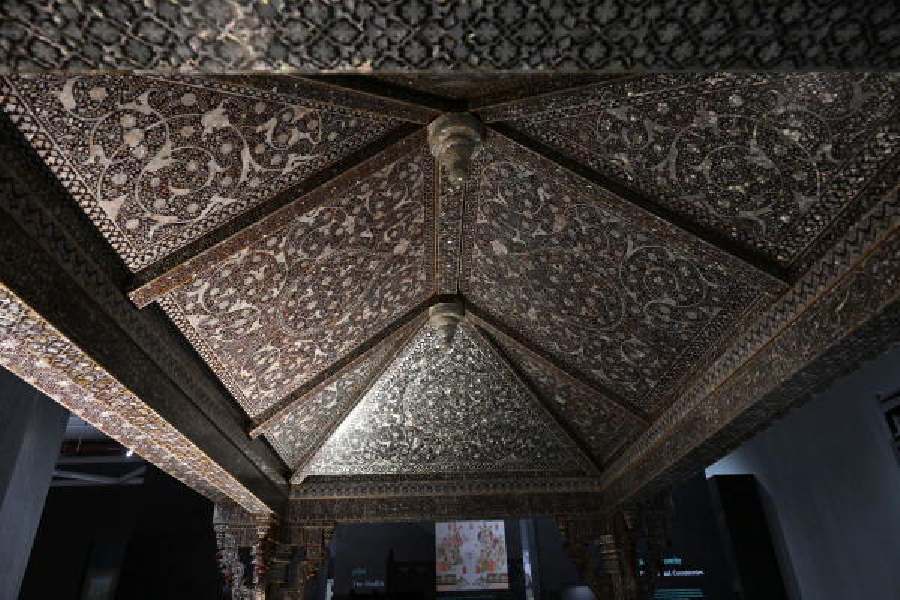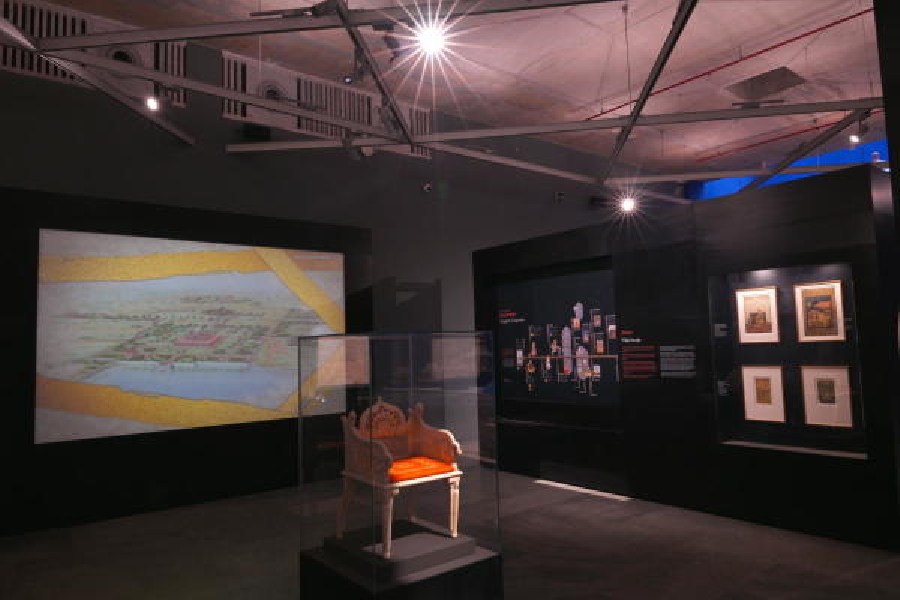A museum celebrating the Mughals — otherwise, red-rag to Hindu nationalists — will be inaugurated next week.
The Humayun’s Tomb World Heritage Site Museum in New Delhi has around 500 artefacts; many of them on long lease from the National Museum and the Delhi Fort Museum at Red Fort. And behind this giant effort is the Agha Khan Trust for Culture (AKTC). The trust has restored 60 monuments, created the Sunder Nursery Park, and carried out a range of community development programmes in the neighbouring settlement of Nizamuddin.
Archana Saad Akhtar, who is programme director of the AKTC, explained why Humayun, the second Mughal emperor, is the protagonist of the story this museum tries to tell. She said: “He was the most cosmopolitan. He travelled 34,000 kilometres in his lifetime, more than Marco Polo… Unfortunately, he was sandwiched between a great father (Babur) and a greater son (Akbar).”
The museum’s principal gallery has been named “Where the Emperor Rests” and it focuses on the architecture of Humayun’s mausoleum and the personality of the emperor. Its exhibits tell the stories of the emperor’s travels, his administration, his interest in reading, astrology and the arts, and his patronage of architecture.

Colourful Mughal era tiles, gathered by Persian scholar S. M. Yunus Jaffery have been donated by an anonymous benefactor. The tiles were recovered from the vicinity of Salimgarh Fort — also in New Delhi —- where once stood a Humayun-era ornamental canopy called Nili Chhatri. Emperor Shah Jahan removed the plan tiles from Nili Chhatri and replaced them with these
Another gallery, called the “Icons of a Sacred Landscape”, highlights four cultural figures associated with the Nizamuddin area — Sufi saint Hazrat Nizamuddin Auliya, his disciple and poet Amir Khusrau Dehalvi, Rahim who was a commander-in-chief in Akbar’s army and poet, and Dara Shukoh.
The 1,00,000 square feet museum was designed by the New Delhi-based Vir.Mueller Architects. Once it is fully ready — most likely in September — upon entering, visitors will see a 270-degree screen with films on the evolution of the site. For now, the museum will be open for limited hours or on special request.

A replica of the canopy above Hazrat Nizamuddin Auliya’s mausoleum nearby, created by artisans trained by AKTC. Do note the ethereal mother-of-pearl inlay work
Prof. M. Shaheer, who planned the landscaping, kept the museum underground yet open to light, like a stepwell, so as not to alter the skyline.
Among the museum’s collection are original 16th-century texts of the Humayun Nama and Ain-i-Akbari, a Mughal water cascade known as chinikhana and recreated plaster ceiling frescoes of geometric patterns.

Mughal arms and armoury on loan from the National Museum

The throne of Bahadur Shah Zafar, the last Mughal emperor
The new museum stands testament to the labour and love of those involved in this conservation project since 1997.











